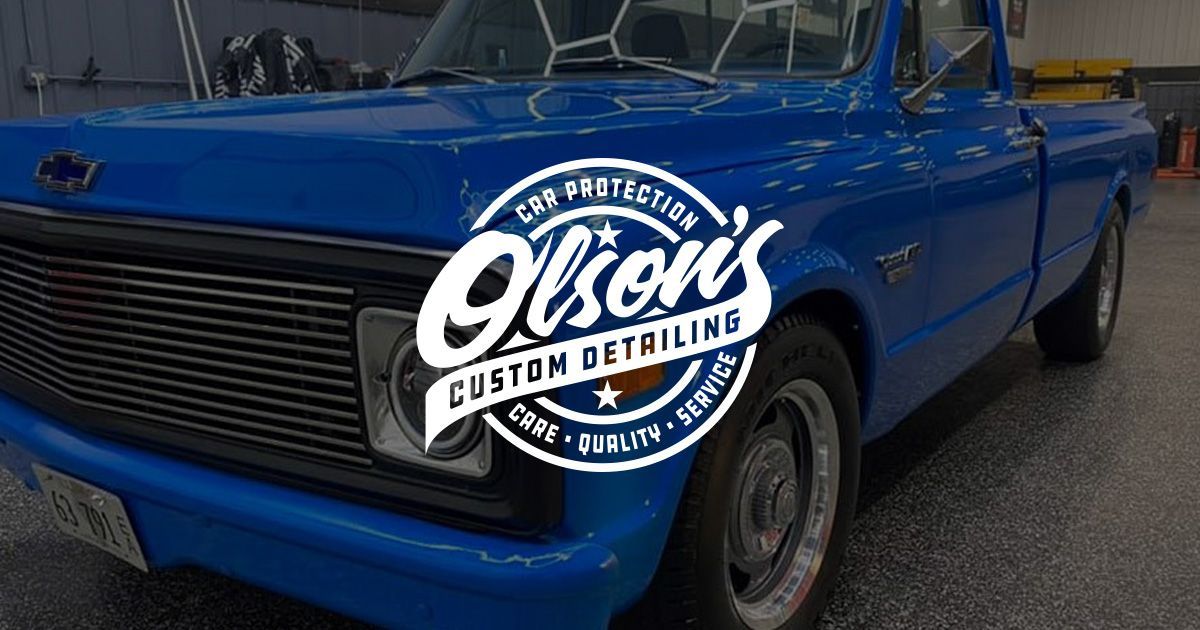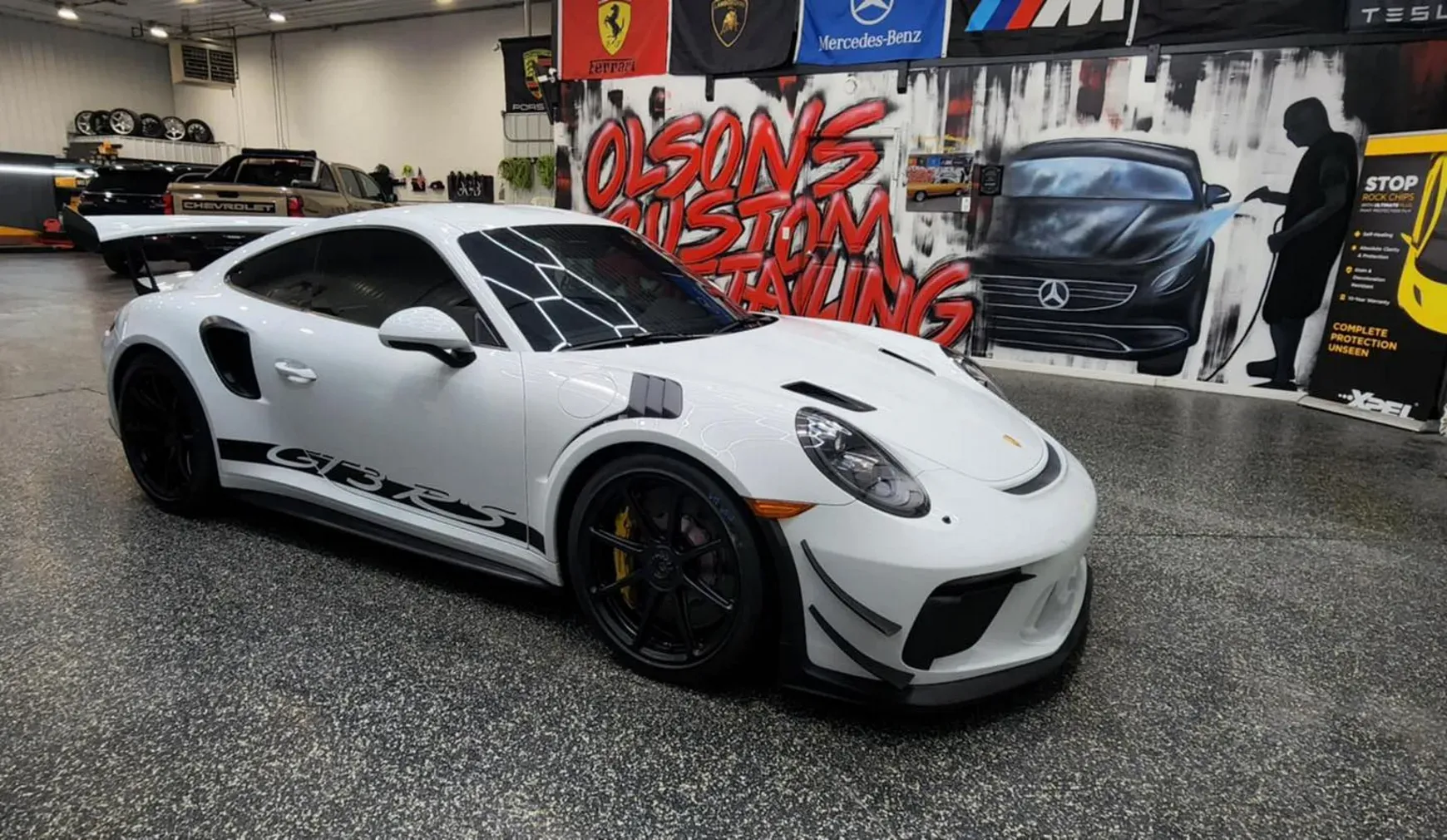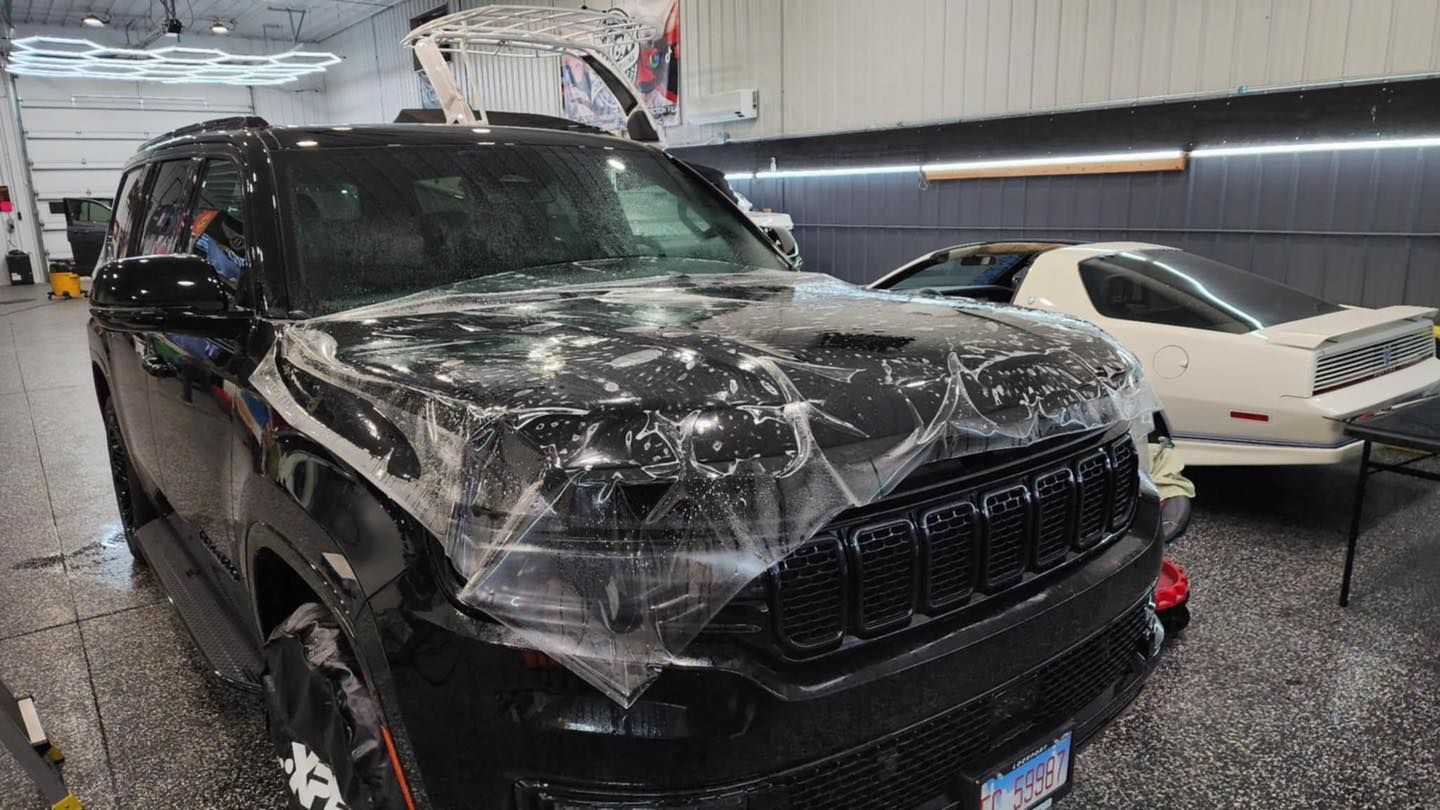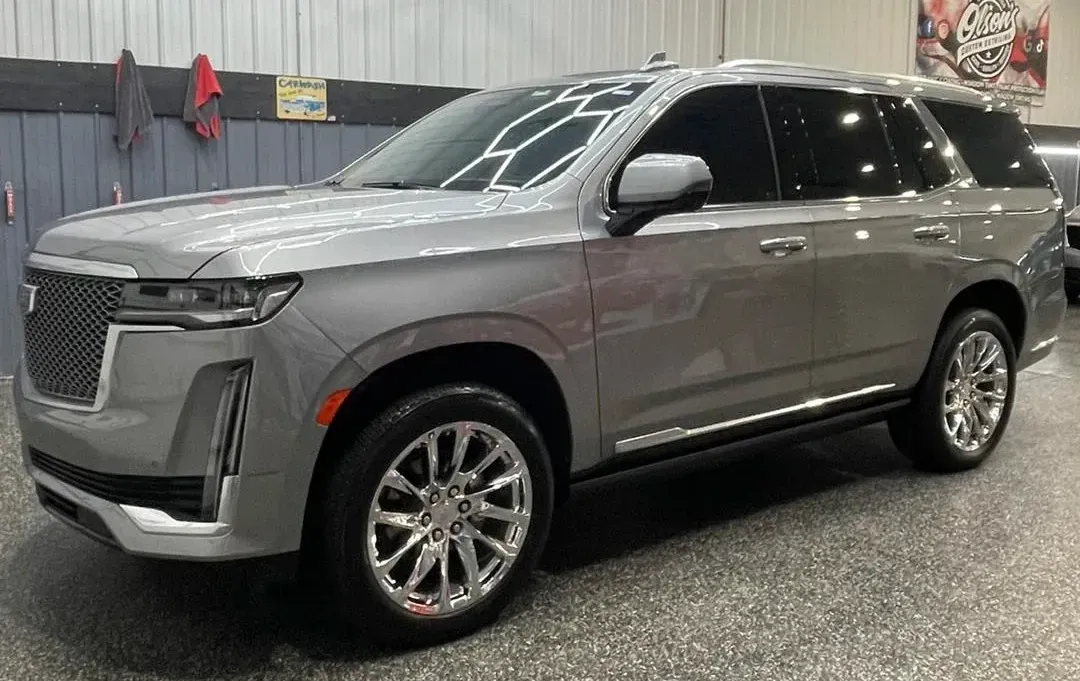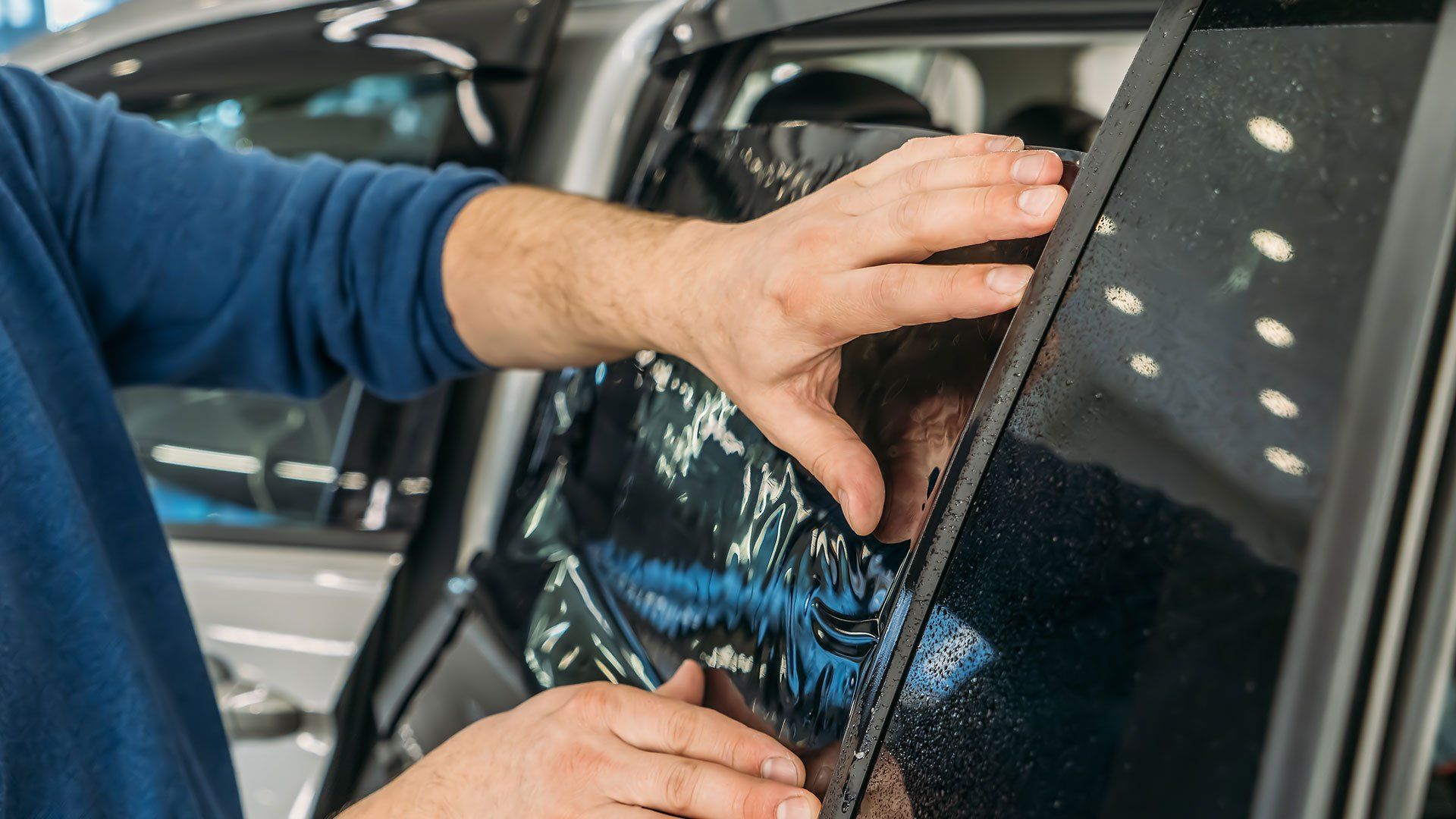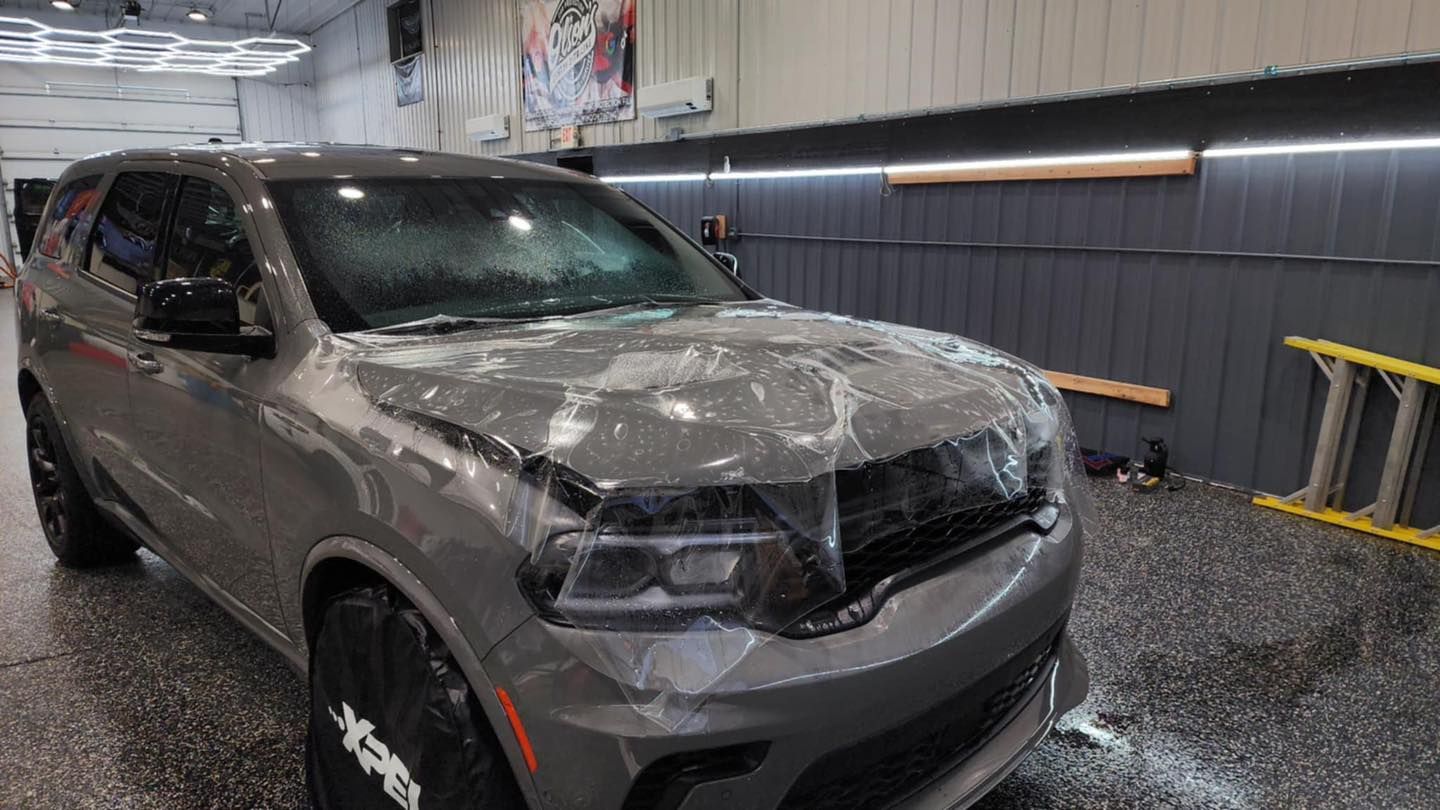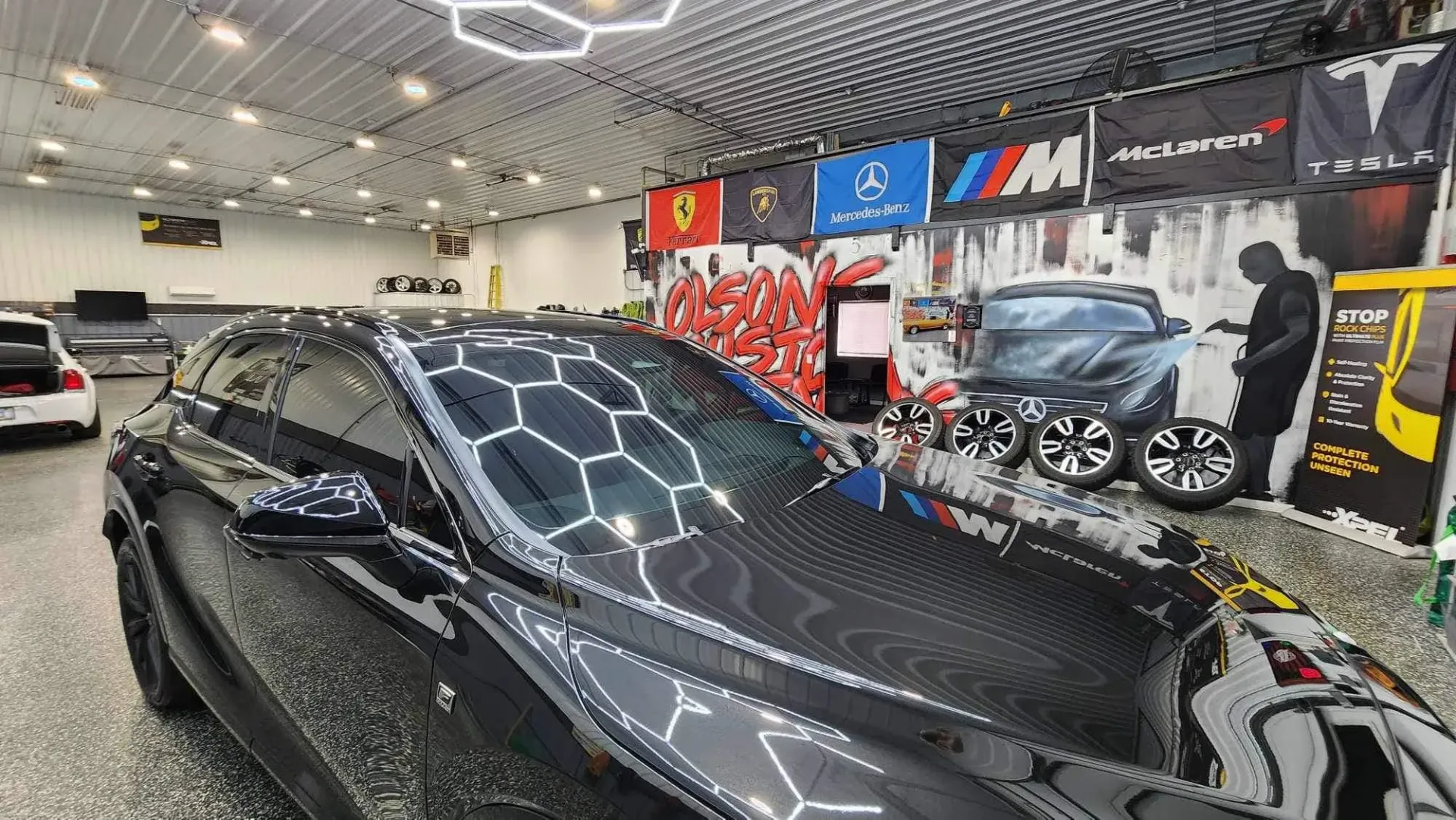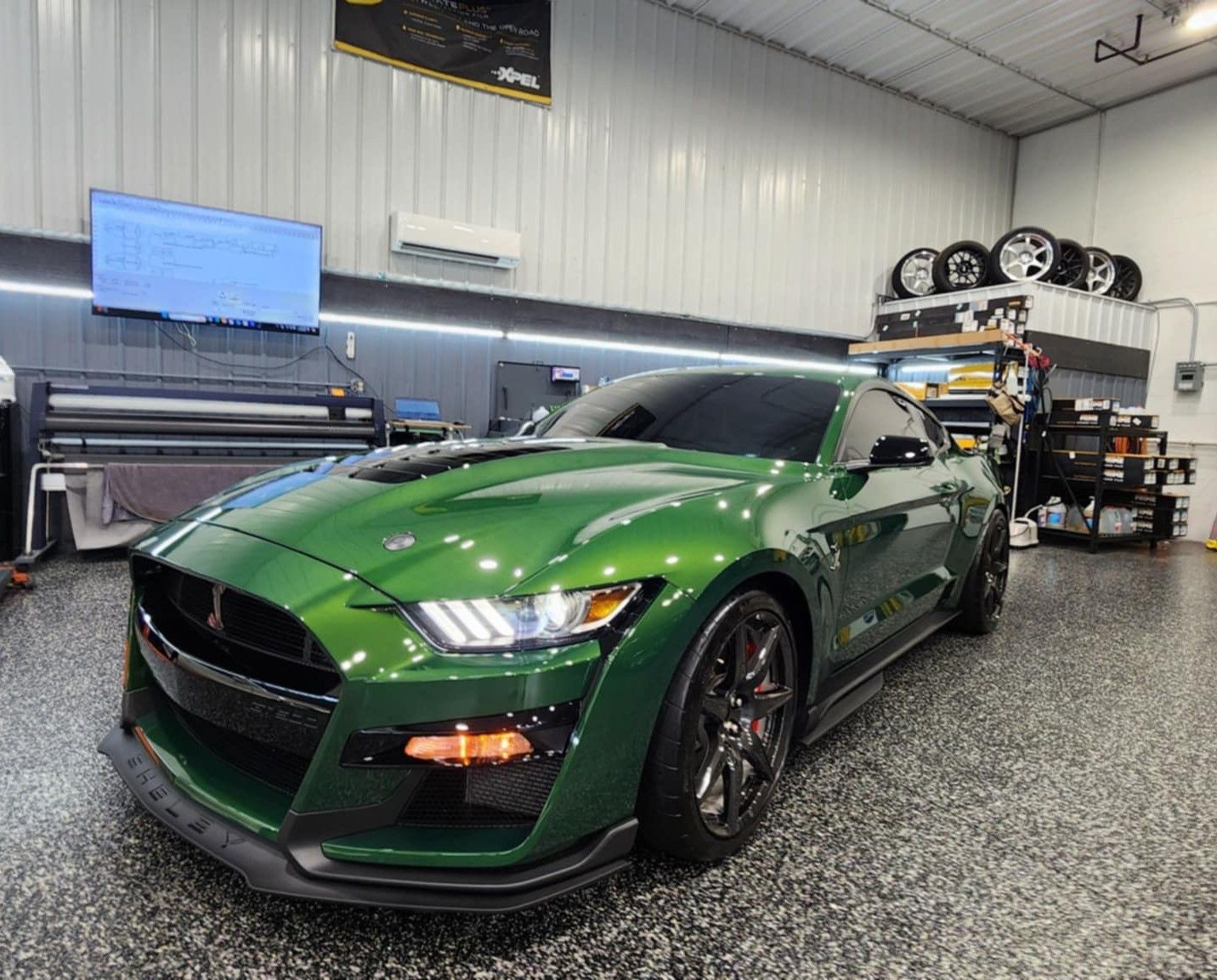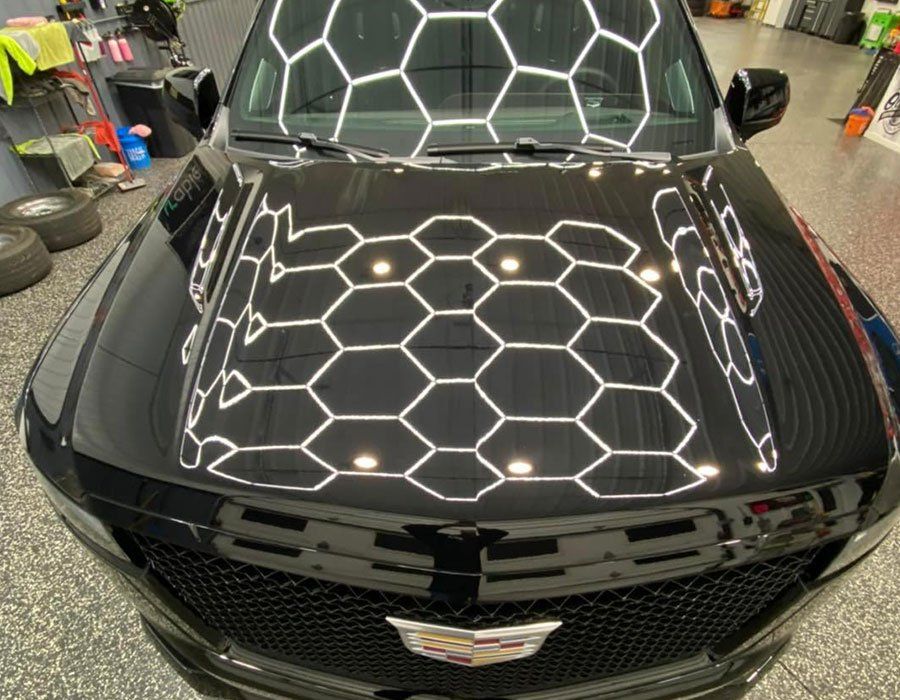Let’s face it—keeping your car looking clean and protected is no small feat, especially around New Lenox. Whether you’re dodging gravel on I-80, dealing with slushy roads in winter, or just trying to keep your ride spotless after a weekend cruise, your Paint Protection Film (PPF) takes a lot of the abuse.
If you’ve invested in PPF, great choice! It’s one of the best ways to protect your paint from chips, bugs, and harsh weather. But to keep that film looking crystal clear and working as it should, you’ll need to clean it properly. Don’t worry—it’s easier than you might think.
Whether you’re washing at home in your driveway or using a self-serve bay in town, here’s a simple, step-by-step guide to cleaning your PPF like a pro—without needing to be one.
Step 1: Start with a Pre-Rinse
Before you grab the soap and sponge, take a few minutes to rinse your vehicle thoroughly with clean water. This step helps wash away loose dirt, sand, and dust that could scratch the PPF if rubbed in.
Pro tip: If your car’s been sitting in the sun all day, give it a chance to cool down first or move it to a shady spot. Washing a hot surface can dry soap too fast, leaving behind annoying water spots or streaks. (Nobody wants that.)
This is especially important after driving around New Lenox during bug season or after a snowy commute, where road salt and grime can cake onto your lower panels.
Step 2: Use the Two-Bucket Method (Trust Us on This One)
The two-bucket method is every detailer’s go-to for a reason—it really works. Here’s how it goes:
- Bucket #1: Fill with clean water and your favorite pH-neutral car soap. (Make sure it says safe for PPF on the label.)
- Bucket #2: Just clean water for rinsing out your wash mitt.
You’ll dunk your mitt into the soapy water, wash a section of your car, then rinse it in the clean water bucket before going back to the soap. It helps prevent scratching the film with trapped dirt.
Start at the top and work your way down. That way, you’re not dragging grime from your tires and lower panels across the cleaner areas like the roof or hood.
It’s a simple system, but it makes a big difference, especially on clear film that can show marks easily.
Step 3: Be Gentle with the Dirty Spots
Some parts of your car—like the front bumper, hood, and side mirrors—are bug magnets. And if you live near wooded areas in New Lenox, you know just how stubborn bug splatter can get.
Instead of scrubbing like crazy (which can damage your PPF), spray a little PPF-safe bug remover or your car soap mix onto those spots and let it sit for a few minutes. This gives the cleaner time to break down the gunk.
Then, gently wipe it off using a soft microfiber towel. If the mess doesn’t come off easily, apply more product, wait a bit longer, and try again. Never force it—it’s not worth scratching your film.
Step 4: Rinse Again (Don’t Skip This)
Once every section of your car is clean, it’s time for another thorough rinse. This removes all the soap and any loosened dirt that’s still hanging around.
If you’re using a pressure washer, keep the nozzle at least a foot away from the surface, and never aim it directly at the film edges. Too much pressure near the edges can cause the film to peel or bubble—yikes.
Pay special attention to seams, badges, and tight spots where soap likes to hide. Leftover soap can dry into crusty residue if you don’t get it all off.
Step 5: Dry with Care
Drying your car properly is just as important as washing it. The wrong towel or drying motion can leave swirls, and we all know those are tough to unsee once the sun hits your paint.
Use clean, plush microfiber towels, and work in straight lines instead of circles. Microfiber is super gentle and great at soaking up water without scratching the surface.
If you have a car dryer or filtered air blower, even better—it helps you blow water out of door jambs, around mirrors, and other tricky areas.
Avoid using bath towels, chamois, or anything that might feel “just good enough.” They can be too rough and leave behind tiny scratches or lint.
Step 6: Add a Little Extra Shine (Optional but Worth It)
Once your car is dry and looking good, consider using a quick detail spray or sealant made for PPF. These sprays add a slick layer of protection and give your car that glossy, freshly detailed look.
Bonus: They also help repel water and dirt, so your next wash is even easier.
You don’t have to do this every single time, but once a month or so can help keep that “just-installed” clarity and shine going strong.
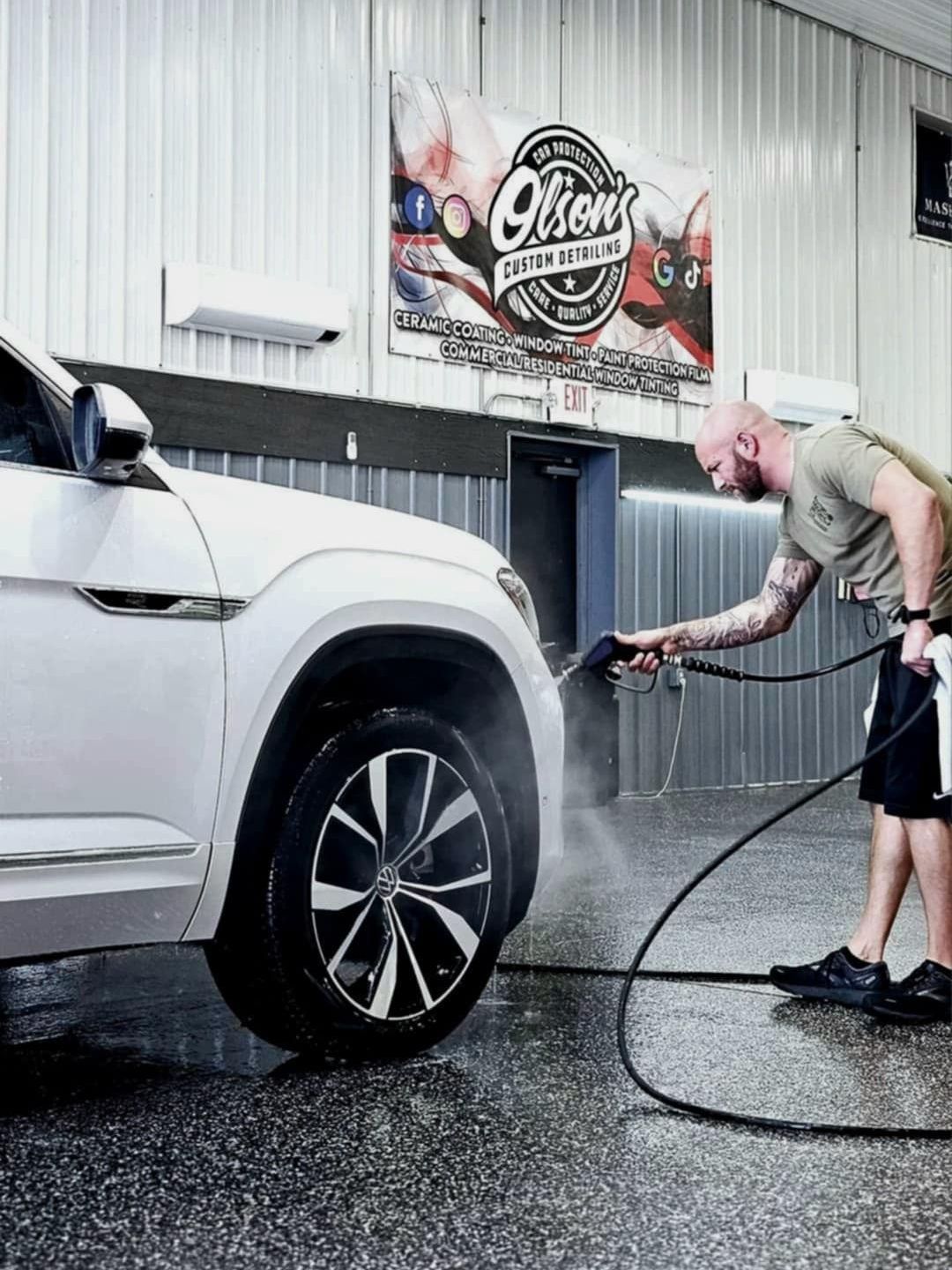
Make It Last: Smart Habits for Long-Term PPF Care
You don’t need to spend hours every week to keep your PPF in good shape. Just follow a few smart habits to keep things simple and stress-free:
Wash Every 1–2 Weeks
If you let bugs, bird droppings, or tree sap sit on your film for too long, they can start to bond or stain. A regular wash schedule keeps your car cleaner and your PPF clearer.
Skip the Brush Washes
Automatic car washes with brushes? Just say no. They can scratch your film or even peel it up around the edges. Go touchless if you’re in a rush—or better yet, hand wash at home or with a trusted local detailer.
Use Products That Say “PPF-Safe”
Not all waxes, sealants, or soaps play nicely with PPF. Look for labels that say they’re safe for clear bra or paint protection film. Avoid strong solvents and acidic cleaners.
Add a Ceramic Coating
If you really want to level up your protection game, consider applying a
ceramic coating over your PPF. It makes the surface ultra-slick, easier to clean, and adds another layer of protection from the elements.
What If Something Looks Off?
Sometimes, even if you’re doing everything right, you might notice a weird bubble, some yellowing, or dull spots. Here’s what to know:
- Staining or yellowing? It could be UV exposure or chemical damage. Some light stains can be fixed with PPF-specific cleaners or polish.
- Bubbles or peeling? That usually means the adhesive is failing or moisture got underneath. In that case, it’s best to have it checked by a pro.
- Discoloration? This might happen with older films, especially if you drive daily or park outside often. A professional polish or replacement may be needed.
If you had your film installed by a shop in the New Lenox area, give them a call. Many offer warranties or touch-up services and are happy to take a look.
Final Thoughts: Keep Your Film—and Your Car—Looking Amazing
Paint Protection Film is one of the best ways to keep your vehicle looking new, but like anything worth having, it needs a little TLC.
Thankfully, with the right products, a gentle approach, and a little consistency, you can keep your film crystal clear and high-performing for years to come.
If you're in the New Lenox area and want professional help maintaining your PPF—or you’re just not up for the whole DIY thing—look for a local detailing shop that specializes in PPF and ceramic coatings. They’ll know exactly how to treat your vehicle right.
Whether your car is a daily driver or a weekend gem, a little effort goes a long way in preserving that glossy, head-turning finish. Keep it clean, stay consistent, and enjoy the road ahead.
Can I use vinegar or an all-purpose cleaner on my PPF?
Nope. Household cleaners—especially acidic ones—can damage the film’s top layer. Stick to pH-neutral car soaps.
Is it safe to pressure wash my car with PPF?
Yes, but be careful. Keep the nozzle 12 inches away and don’t blast the edges of the film directly.
Can I use a clay bar on PPF?
Only if it’s very soft and you use the right lubricant. But honestly, unless your film is super contaminated, you probably don’t need to clay it.
